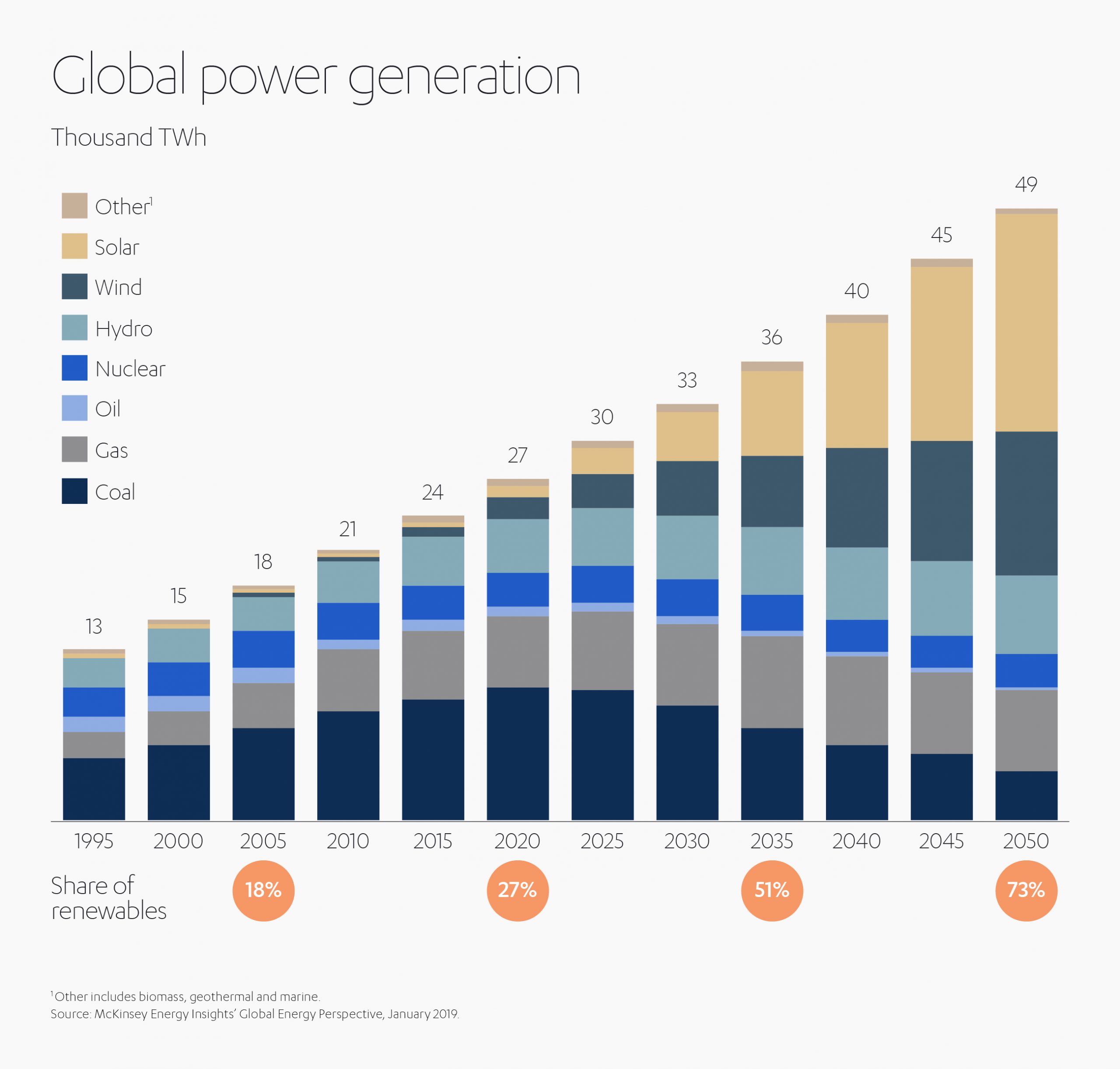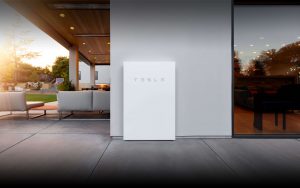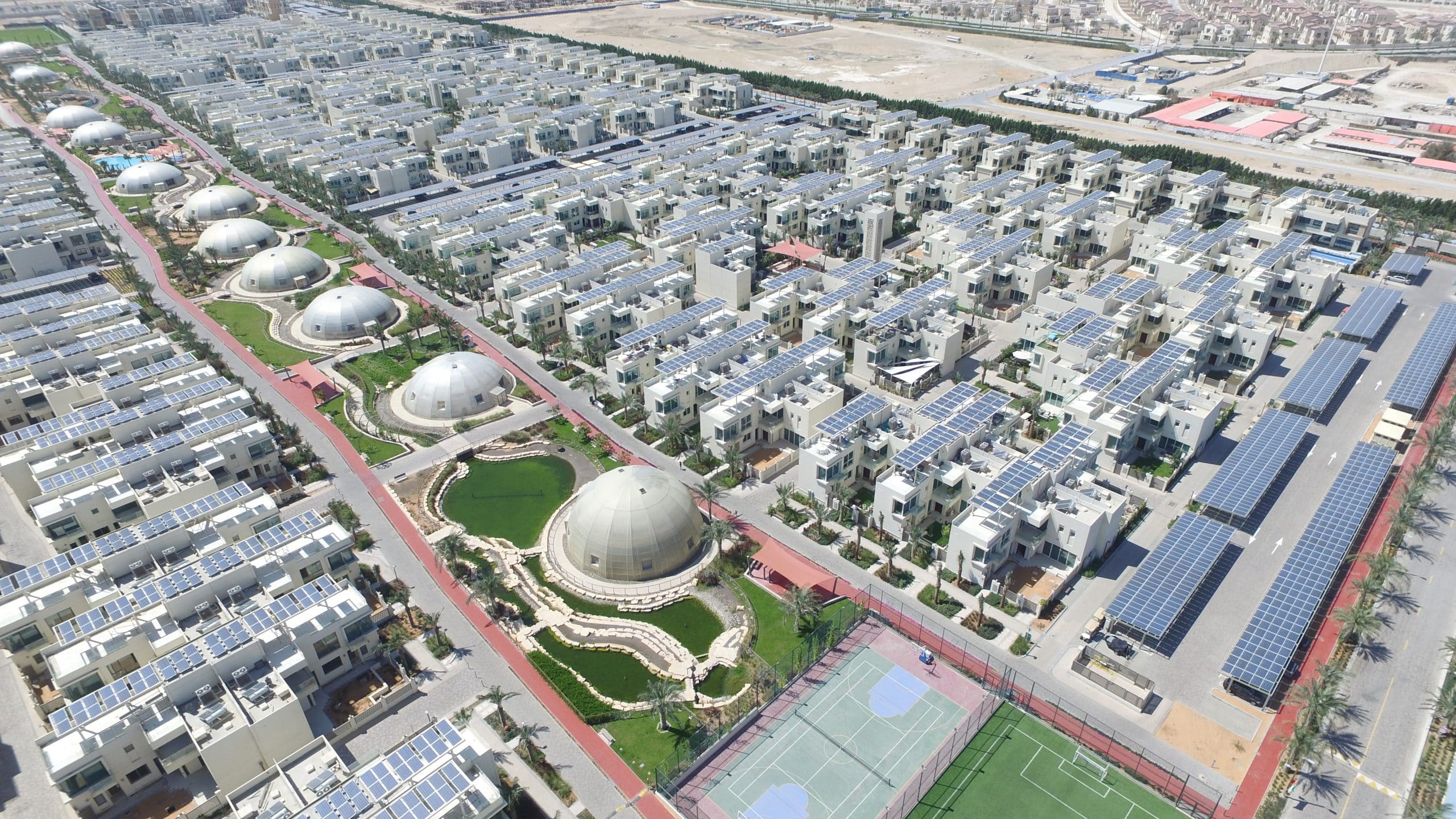Building cities fit for the future
Our cities are booming. The numbers are staggering:
The global urban population has grown by 22% in the last 15 years[1], to over 4.2 billion. By 2030, the world is projected to have 43 megacities with more than 10 million inhabitants, most of them in developing regions. In 2050, there will be around 9.8 billion people – almost 70% of the global population – living in cities[2].
What is the big attraction of urban life? It is a powerful combination of more well-paid jobs; better infrastructure, including mobility and power; and better life prospects, through things like education and better healthcare.
But the rapid growth of our cities brings an equally dramatic rise in demand on resources, from food and water through to energy, space, and clean air. Around the world, cities that were designed for yesterday’s priorities, are buckling under the strain of meeting the needs of today’s populations.
The challenge is increasing at a frightening pace. According to the Swiss-based international standards agency, International Electrotechnical Commission (IEC), “every day, urban areas grow by almost 150,000 people, either due to migration or births”[3].
Our Abdul Latif Jameel Perspectives article on Redesigning our cities discusses how the future of our urban communities – of our way of life – depends on successfully managing this growth and leveraging technology to innovate new ways of living, working, and moving. It means developing new ideas for meeting key requirements, such as housing, transport and energy systems, while finding new delivery models for services such as education and healthcare, and all while maintaining a reliable, fast digital infrastructure to support businesses and employment.
Power for the people
One of the first things to get right is energy. Cities need energy to exist. Lots of it. Global energy consumption is predicted to double by 2050, as urban development and electric vehicles combine to further deplete existing energy sources[4]. Urban settlements already consume over two-thirds of the world’s energy, despite occupying only 3% of its landmass[5]. As Abdul Latif Jameel Deputy President and Vice Chairman, Fady Jameel, discusses in his recent Spotlight article, reducing harmful emissions by transitioning to more sustainable sources of energy is one of our greatest challenges. With urban demand growing exponentially, it becomes even more imperative that we manage the growth of our cities through more sustainable energy sources.
As outlined in our Perspectives articles, wind energy alone could meet more than one-third of global power needs (35%) by 2050, becoming the world’s foremost generation source. Similarly, solar energy has enormous potential to power our growing cities. By 2050, solar PV could generate 25% of total electricity needs globally.

Combined with rapid advances in energy storage technology, renewable energy has the potential to fulfil our cities’ energy needs on a 24/7 basis. FRV, part of Abdul Latif Jameel Energy, is already a pioneer in utility-scale battery technology, having partnered with British developer Harmony Energy on a 15 MWh utility-scale battery array at Holes Bay, Dorset, and also at Contego, West Sussex, both in the UK. This topic and other emerging tech. is explored in a Spotlight podcast hosted by Fady Jameel.

Cities of the future are also likely to see more domestic power generation, from wind turbines and solar panels on rooves, to domestic battery storage like Tesla’s Powerwall, a lithium-ion battery pack that can store energy generated by local power sources like wind turbines and solar panels.
The Powerwall is designed to be used alongside Tesla’s solar roof, which replaces roof tiles with state-of-the-art solar panels.
The future is smart
Cities are nothing without the people that live in them. To thrive, they need a stable, satisfied population, which means they need to be attractive places to live and work for a range of people and their families.
A key part of this is having a wide range of places where people enjoy spending time. By investing in public spaces – widening pavements, improving facilities, reducing traffic – cities can be places where residents, workers and visitors want to spend time socializing and shopping.
Part of this is about physical infrastructure. But it is also about investing in interconnected smart city technology that can help make our cities much more pleasant environments to live in.
Barcelona is installing 10,000 LED smart street-lights that detect movement and dim to save energy when no one is around. The smart lamp posts also provide free Wi-Fi across the city and collect air and noise pollution data.
York, in the UK, is thinking bigger, with the country’s largest zero-carbon housing project. Unveiled in 2020, it comprises 600 homes across eight car-free sites. Each house will have solar panels, cycle sheds, electric charging points, and access to a fleet of rental cargo bikes.
Dubai is also showcasing its own vision for the city of the future, with the Sustainable City, the first net zero energy development in the Emirate.

Moving target
Another of the biggest changes facing our cities is around transport and mobility. Not only will so-called gas-guzzling vehicles be replaced by greener alternatives – electric vehicles could reach a 30% market share by 2030[6] – research suggests autonomous electric vehicles and rapid inter-urban rail systems could reduce the numbers of cars on our city streets by up to 90% by 2050,[7] a topic discussed in more depth in our Perspectives article on e-mobility.
Independent technology think-tank RethinkX argues that within a decade of regulatory approval for driverless vehicles, some 95% of passenger miles traveled in the US will be via autonomous EV (electric vehicles). This could see the number of passenger vehicles on American roads falling from 247 million to 44 million between now and 2030[8].
As pioneers in the mobility sector, Abdul Latif Jameel is proud to be contributing to the mobility revolution through our long-standing partnership with Toyota, global pioneers in sustainable vehicles like the Prius – flagship of the Toyota and Lexus hybrid technology ranges – and hydrogen fuel cell Mirai, together with more recent investments in mobility disruptors such as RIVIAN and Joby Aviation.
So, if there are fewer cars on the roads, what else will be providing mobility in our future cities? The answer is ‘Mobility-as-a-Service’, or MaaS.
MaaS is the seamless integration of a journey from door-to-door, combining a range of transport methods, all bookable via your smartphone. From an autonomous vehicle to an electric micro-scooter, an electric bus to an electric air-taxi, the benefits of MaaS systems include fewer unnecessary journeys, reduced carbon emissions, less congestion, enhanced convenience and cost savings.
The reduction in private vehicle ownership would contribute to a dramatic rethink of what our streets are actually for. Congested, polluted ‘rat-runs’ to be endured on the way to the office, or green, clean, safe spaces for entertaining, socializing and relaxing?

Decades of pedestrian-friendly policies in Copenhagen, for example, means that today, some 80% of all journeys in the city are made on foot and 14% by bicycle[9].
In Paris, the ambitious plan of the mayor, Anne Hidalgo, to create a ’15-minute city’ attracted global attention, with its simply yet powerful idea that people should be able to find everything they need within a 15-minute walk or cycle of their home[10].
The plan envisages creating more public spaces for children, reducing car parking, introducing green spaces and small-scale urban agriculture, investing in local businesses and creating socially mixed communities.
Leaders in cities as diverse as in Barcelona, Detroit, London, Melbourne, Milan and Portland are said to be exploring similar ideas. Meanwhile, the idea of the 15-minute city itself was endorsed by C40 Cities, an organization that connects 97 of the world’s largest cities in the fight against climate change.[11]

Sustainable, safe and successful
As the world rapidly journeys towards a shared urban future, it is inspiring ideas like these that will ensure our cities remain hubs for our communities, commerce and culture for generations to come.
With a 75-year commitment to investing in the infrastructure of life, from transport to energy, e-commerce to real estate, Abdul Latif Jameel is proud to be a key global player in this transformational change as we strive to deliver a cleaner, greener, safer future for all.
[1] Future of Cities report, European Commission, April 2019
[2] 68% of the world population projected to live in urban areas by 2050, UN Department of Economic and Social Affairs
[3] Orchestrating infrastructure for sustainable Smart Cities, IEC, 2014
[4] https://www.mckinsey.com/~/media/McKinsey/Industries/Oil%20and%20Gas/Our%20Insights/Global%20Energy%20Perspective%202019/McKinsey-Energy-Insights-Global-Energy-Perspective-2019_Reference-Case-Summary.ashx
[5] Reshaping Energy Systems for Future Cities – Renewable Energy World
[6] Global EV Outlook 2020 – Analysis – IEA
[7] Creating Future Cities with Self-Driving Vehicles, Urban Redevelopment Authority of Singapore
[8] 95% of U.S. car miles will be in self-driven, electric or shared vehicles, RethinkX
[9] https://ec.europa.eu/environment/pubs/pdf/streets_people.pdf
[10] Parisians will live within a 15-minute radius, Eurocities





 1x
1x

 Added to press kit
Added to press kit